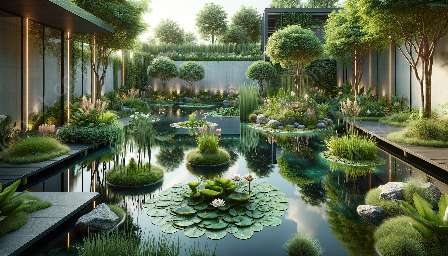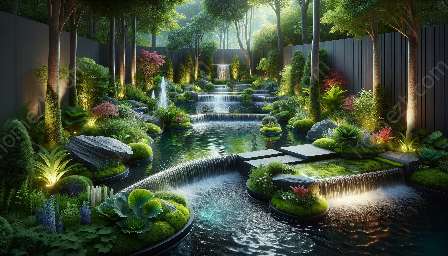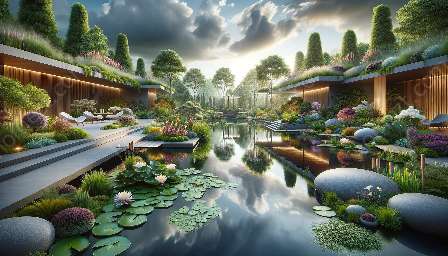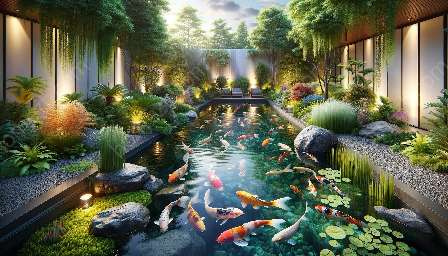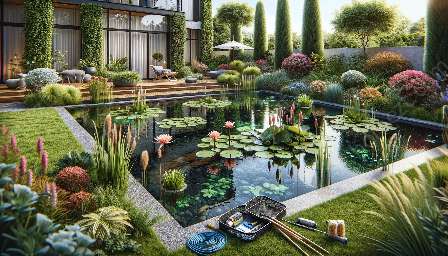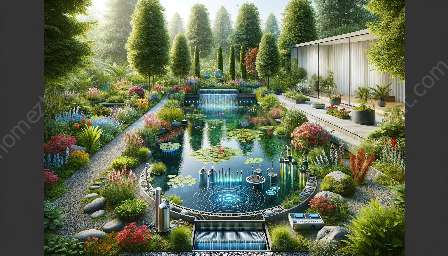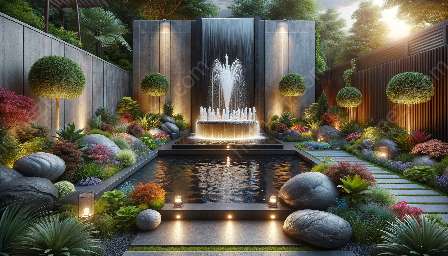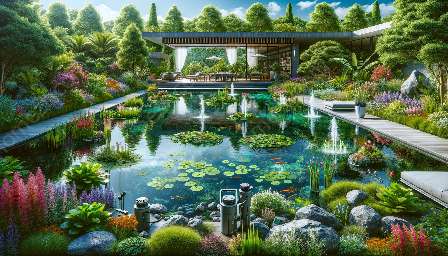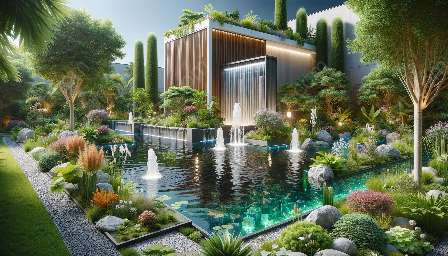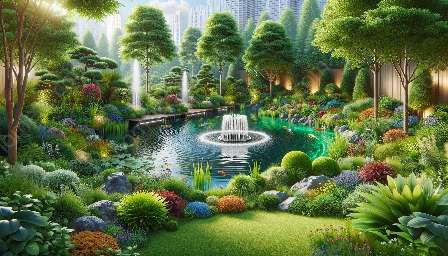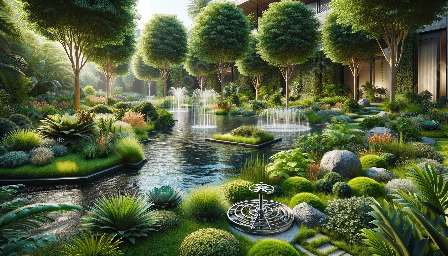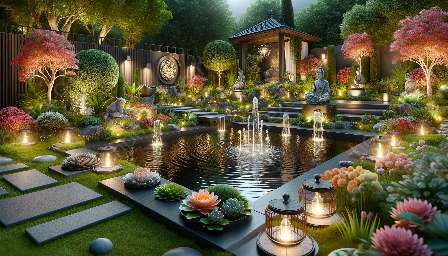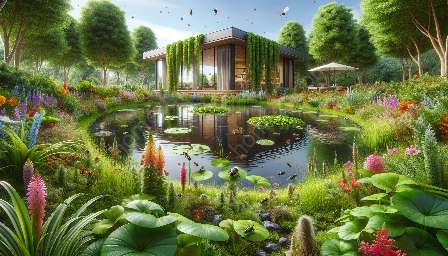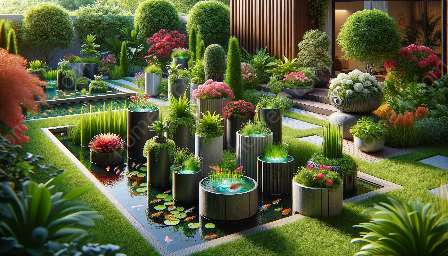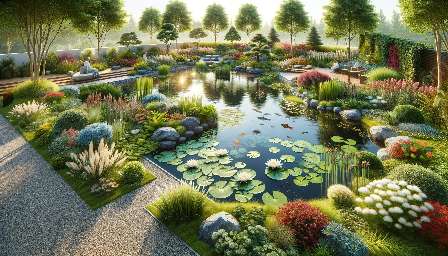Algae control is an essential aspect of maintaining a healthy and attractive water garden. Algae can quickly overtake a water garden, impacting the balance of the ecosystem and hindering plant growth and the overall beauty of the garden. In this comprehensive guide, we will explore effective methods for controlling algae in water gardens, while also providing insights into gardening and landscaping techniques to complement and enhance your water garden experience.
The Importance of Algae Control
Algae are simple, photosynthetic organisms that can thrive in various aquatic environments. While some algae species are beneficial and contribute to a balanced ecosystem, excessive algae growth can lead to a range of issues in a water garden.
1. Impact on Water Quality: Overgrown algae can deplete oxygen levels and release toxins, negatively affecting the health of fish and other aquatic life.
2. Aesthetic Concerns: Excessive algae can make the water appear green, murky, or filled with unsightly mats, detracting from the visual appeal of the water garden.
3. Hindrance to Plant Growth: Algae can compete with aquatic plants for light and nutrients, impeding their growth and overall health.
Effective Algae Control Methods
Controlling algae in a water garden involves a combination of preventive measures and active management strategies. It is important to establish a holistic approach that considers the specific conditions of the water garden, including its size, sunlight exposure, and the presence of fish and aquatic plants. Here are some effective methods for algae control:
1. Maintain Proper Balance
• Sunlight: Regulate sunlight exposure to the water garden by strategically positioning floating plants, adding shade structures, or using UV sterilizers to limit excess sunlight reaching the water surface.
• Nutrient Management: Monitor and control nutrient levels in the water, mainly phosphorus and nitrogen, to prevent overfeeding algae while supporting the growth of desirable aquatic plants.
2. Mechanical Removal
• Skimming and Raking: Regularly remove floating algae and debris from the water surface using skimmers or rakes to prevent excessive accumulation.
• Bottom Sediment Cleaning: Use pond vacuums or bottom sediment rakes to eliminate organic matter that serves as a nutrient source for algae.
3. Biological Control
• Beneficial Plants: Introduce and maintain a variety of aquatic plants, such as water lilies and submerged oxygenators, which can outcompete algae for nutrients and create shaded areas that limit algae growth.
• Fish and Invertebrates: Incorporate algae-eating fish, like koi or certain species of catfish, and aquatic invertebrates, such as snails and shrimp, to help consume algae and maintain ecological balance.
4. Chemical Treatments
• Algaecides: Consider using algaecides as a last resort for severe algae infestations, ensuring proper dosage and application to minimize impacts on other aquatic life.
Gardening and Landscaping Enhancements
Beyond algae control, incorporating gardening and landscaping elements can elevate the visual appeal and ecological functionality of a water garden. Consider these enhancements to create a harmonious and inviting water garden:
1. Aquatic Plant Diversity
• Water Garden Beds: Design and plant diverse beds of aquatic plants, including flowering species, floating plants, and submerged varieties, to create a vibrant and balanced underwater landscape.
2. Hardscape Integration
• Rockwork and Pathways: Integrate natural stones, decorative rocks, and pathways around the water garden to enhance its aesthetic appeal and create visual focal points.
3. Water Features
• Fountains and Waterfalls: Incorporate water features, such as fountains and waterfalls, to add dynamic movement, soothing sounds, and aeration to the water garden.
4. Lighting Effects
• Submersible LEDs: Install submersible LED lights to illuminate the water garden at night, creating enchanting visual effects and enhancing the overall ambiance.
Conclusion
Controlling algae in water gardens is a multifaceted endeavor that requires a proactive and integrated approach. By implementing a combination of preventive measures, active management strategies, and aesthetic enhancements, you can create a vibrant and balanced water garden while nurturing a thriving ecosystem. Through thoughtful gardening and landscaping practices, you can elevate the beauty and functionality of your water garden, fostering a welcoming oasis for both plant life and aquatic inhabitants.

